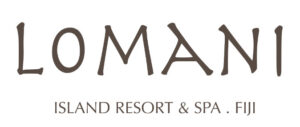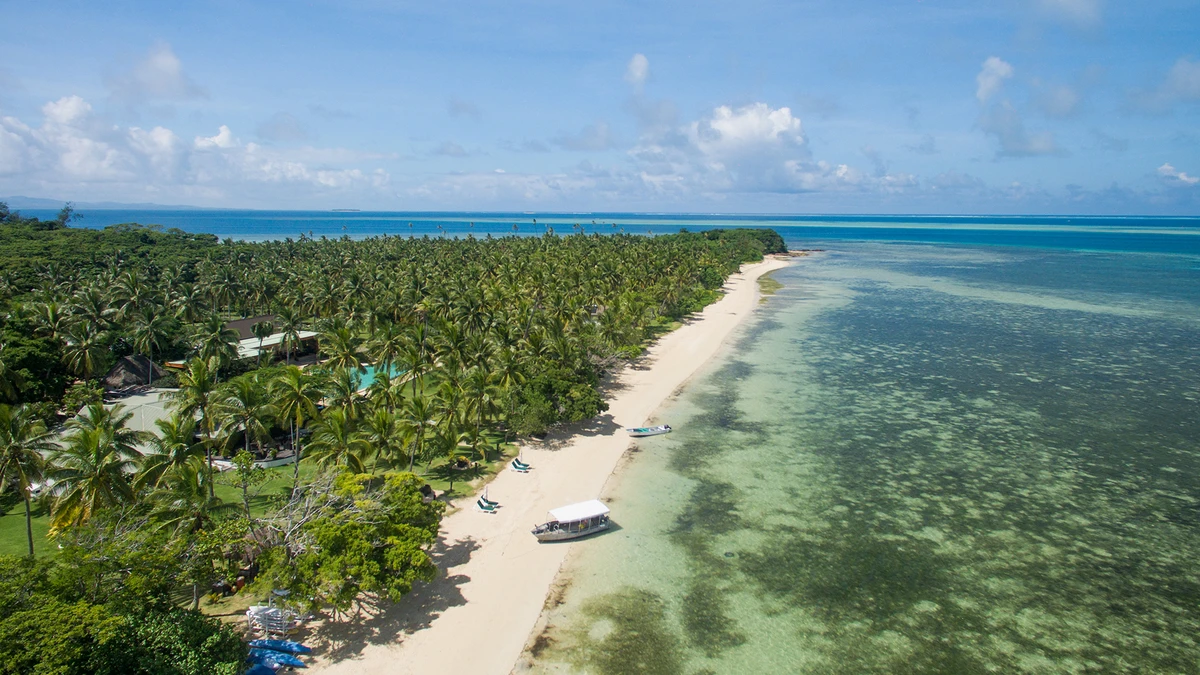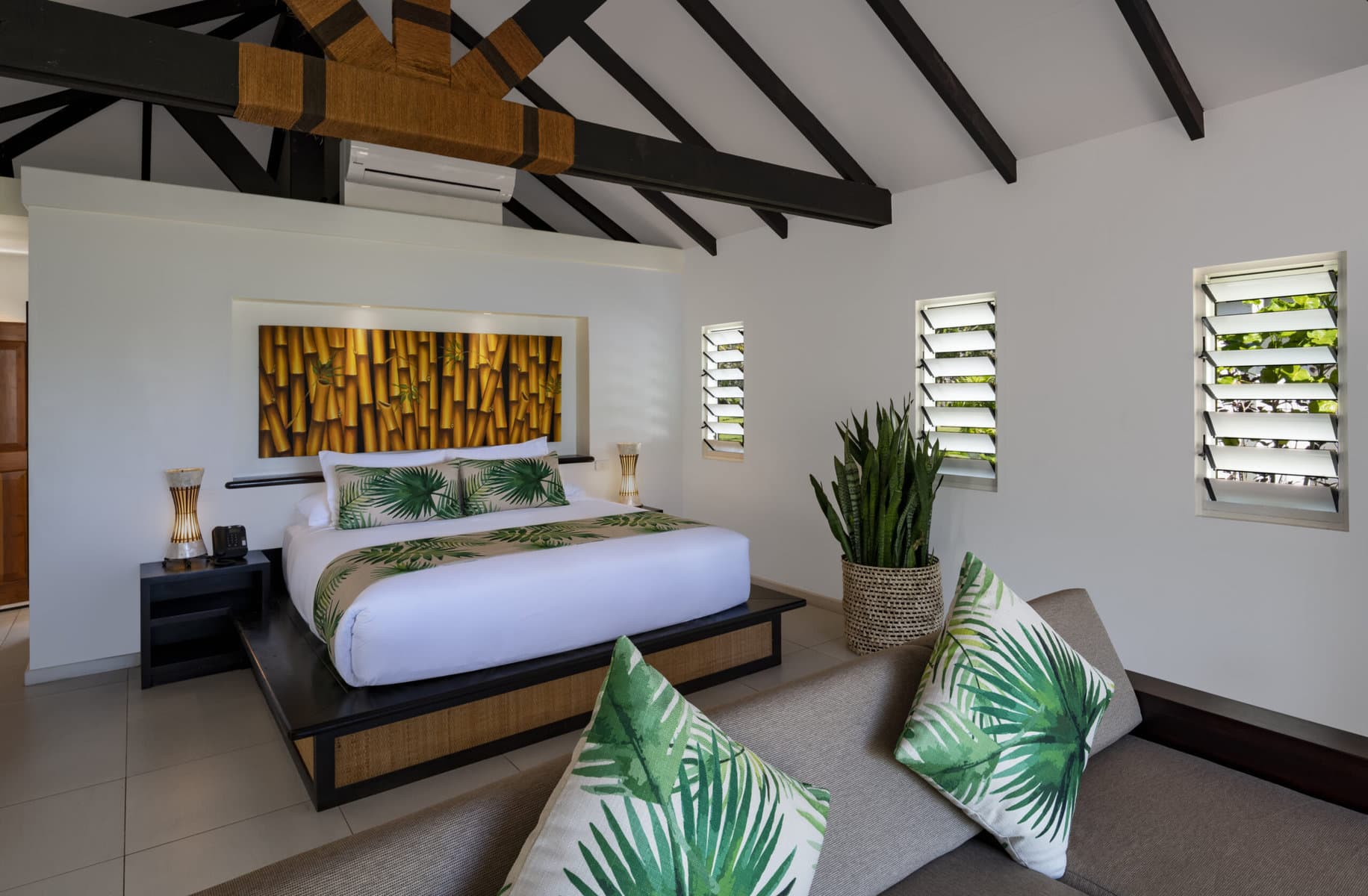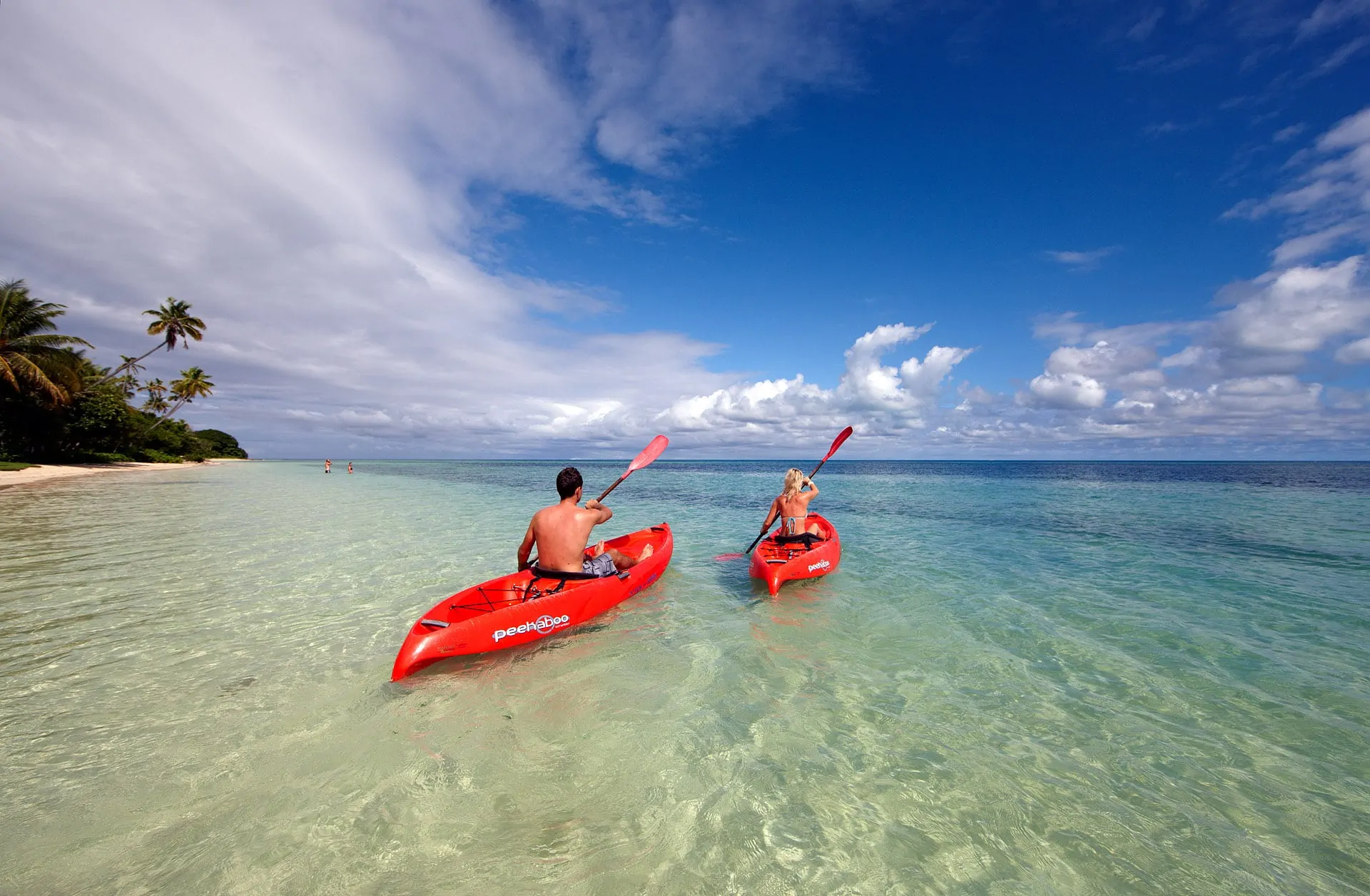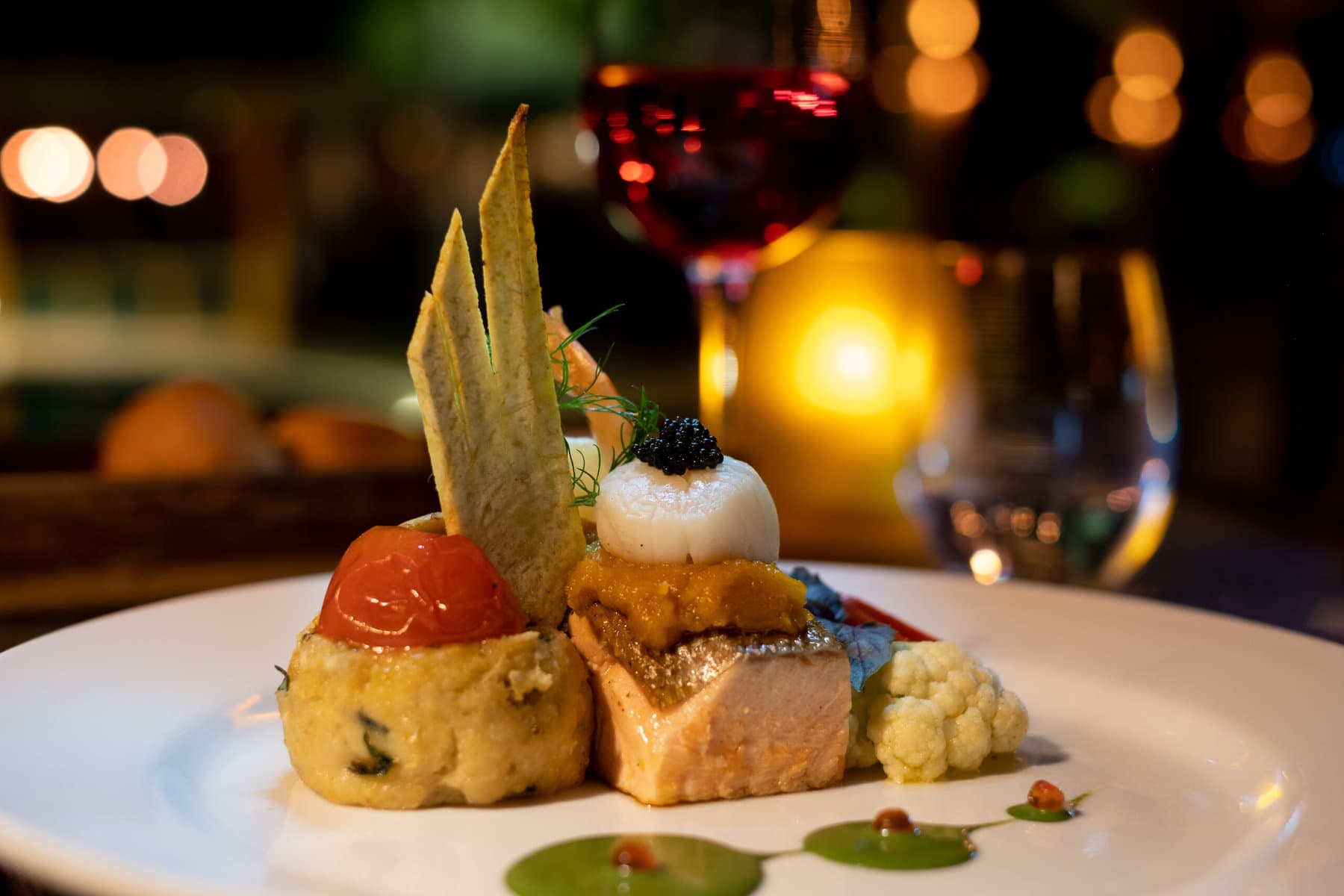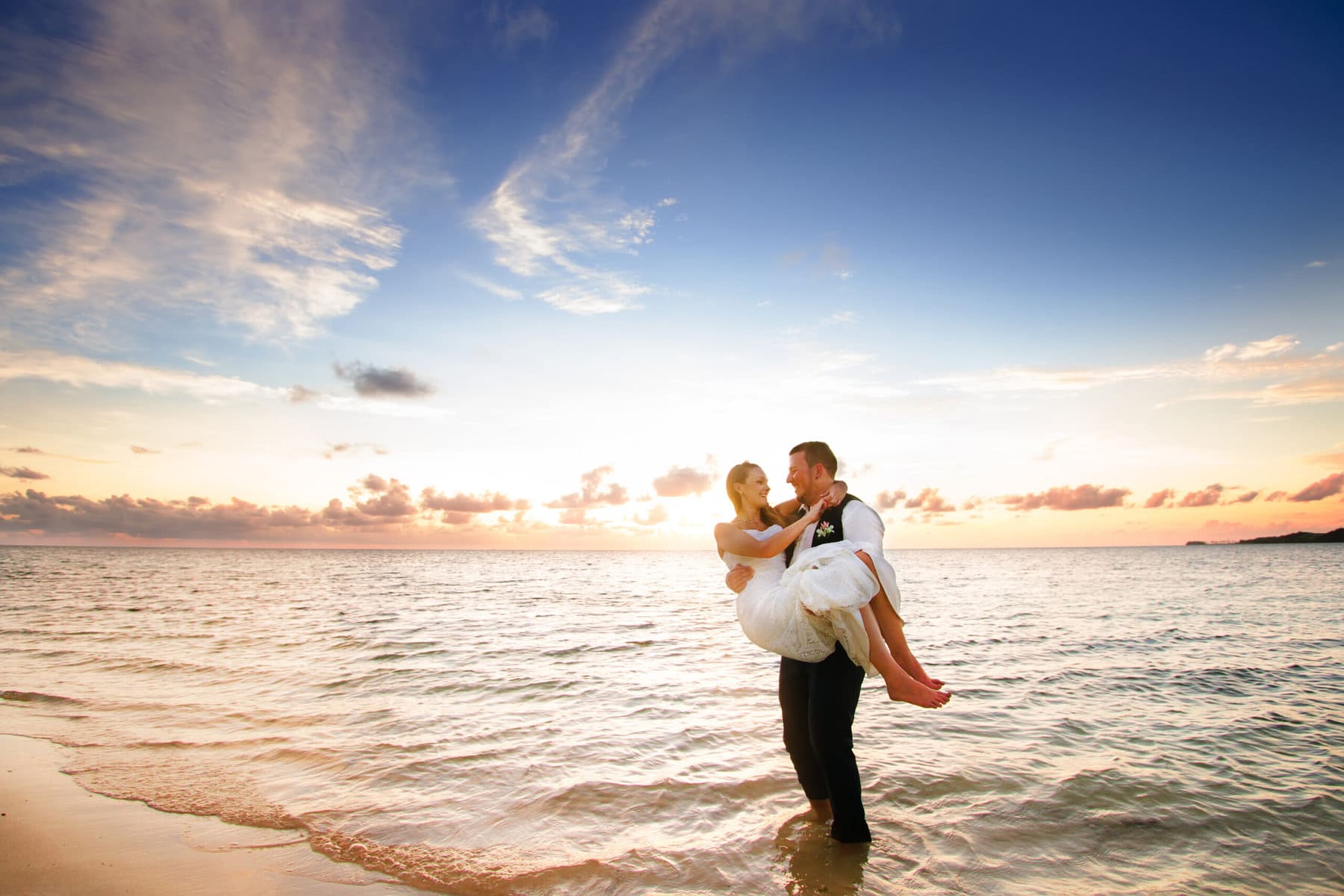WELCOME TO LOMANI ISLAND RESORT & SPA, FIJI
Lomani Island Resort & Spa is a romantic island escape where relaxation meets adventure. A boutique resort for adults only, with white sandy beaches, a luxurious pool, and clear blue seas to explore.

Relaxation
Quiet beaches, day beds & spa indulgence in a child-free space

Love
Perfect for your romantic getaway with that special someone

Adventure
Explore with snorkelling, kayaking, surfing and more

Culture
Fijian culture paired with deluxe resort ammenities

Indulgence
Enjoy Fijian-Western fusion cuising at the Flame Tree restaurant
Discover
Stay
Experience
Dining
Celebrate
Discover Lomani Island Resort on the beautiful Malolo Lailai Island, Fiji
Our stylish suites and bures give uninterrupted ocean views and beach access, so you can stop worrying about the real world and sink into your dream Fiji holiday
In an oasis of lush, native greenery and white sandy beaches surrounded by blue Melanesian waters, there is no end to the experiences available at Lomani Island Resort.
Enjoy first-class cuisine that showcases locally sourced seafood and fresh produce for full flavour and sustainability.
Have the Fiji beach wedding of your dreams, the romantic, idyllic Lomani Island Resort. Our dedicated team will make your special day effortlessly perfect.
Paradise for couples
‘Lomani’ means love in Fijian, and Lomani Island Resort lives up to its namesake. Delighting couples with uniquely romantic experiences, the memories made on your tropical escape will last a lifetime.
Our packages are developed with your happiness in mind, from the locally sourced cuisine to the indulgent spa treatments and expansive range of land and water activities to suit your tastes.

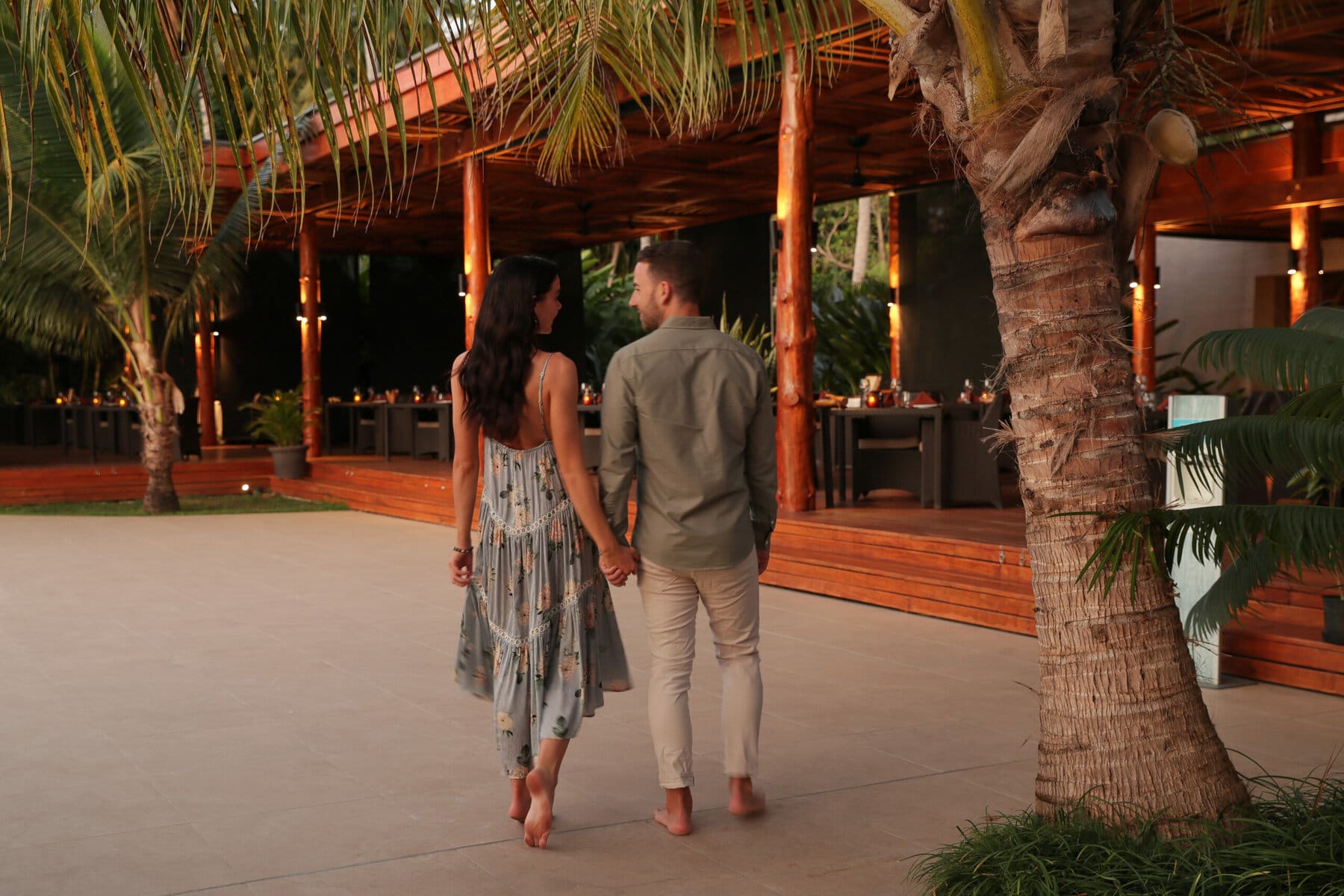
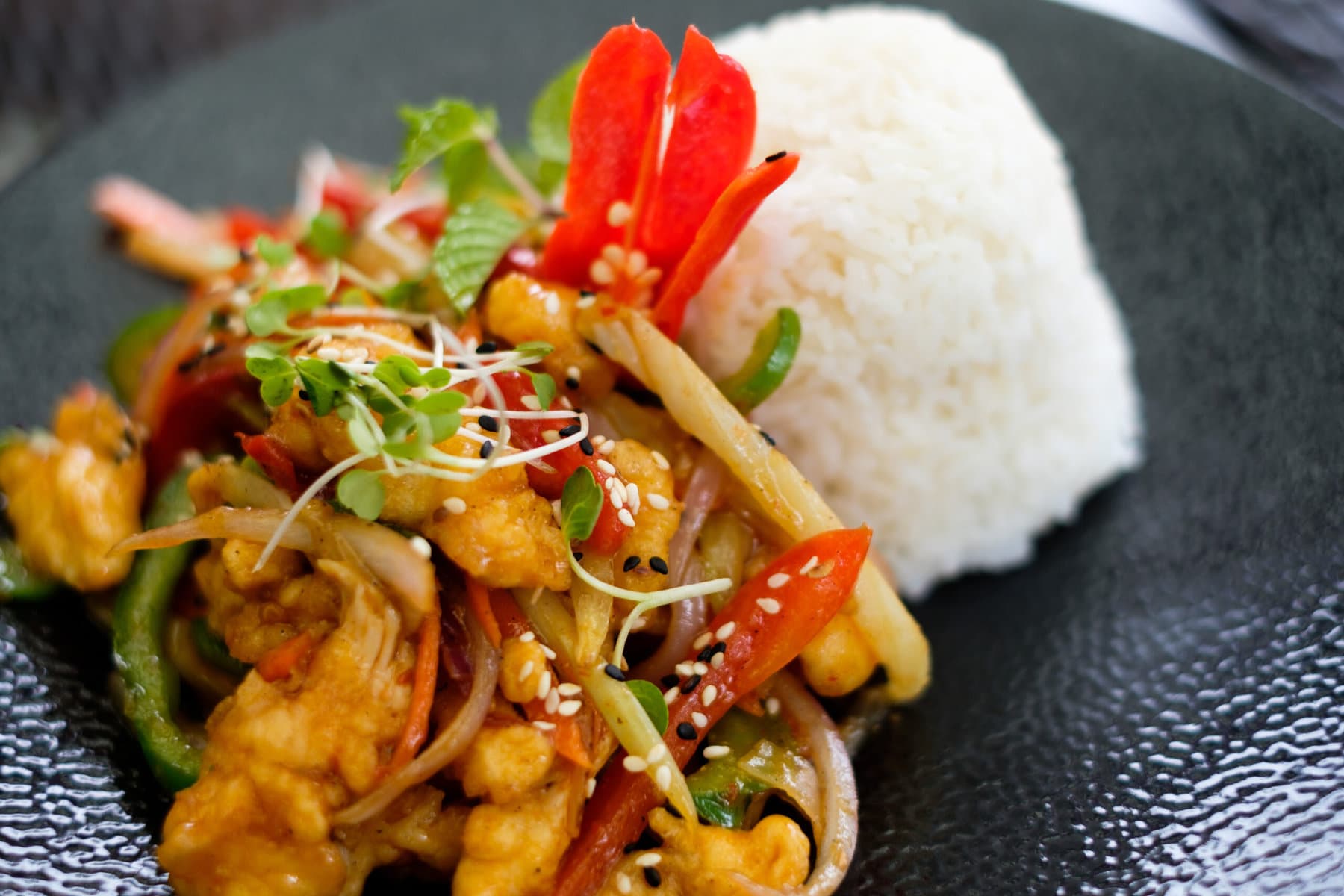
Food with a story
Fresh, locally sourced Fijian ingredients in globally inspired dishes, bursting with flavour.
Our passionate team takes pride in preparing delicious fusion cuisine, ready to enhance your tropical island escape.

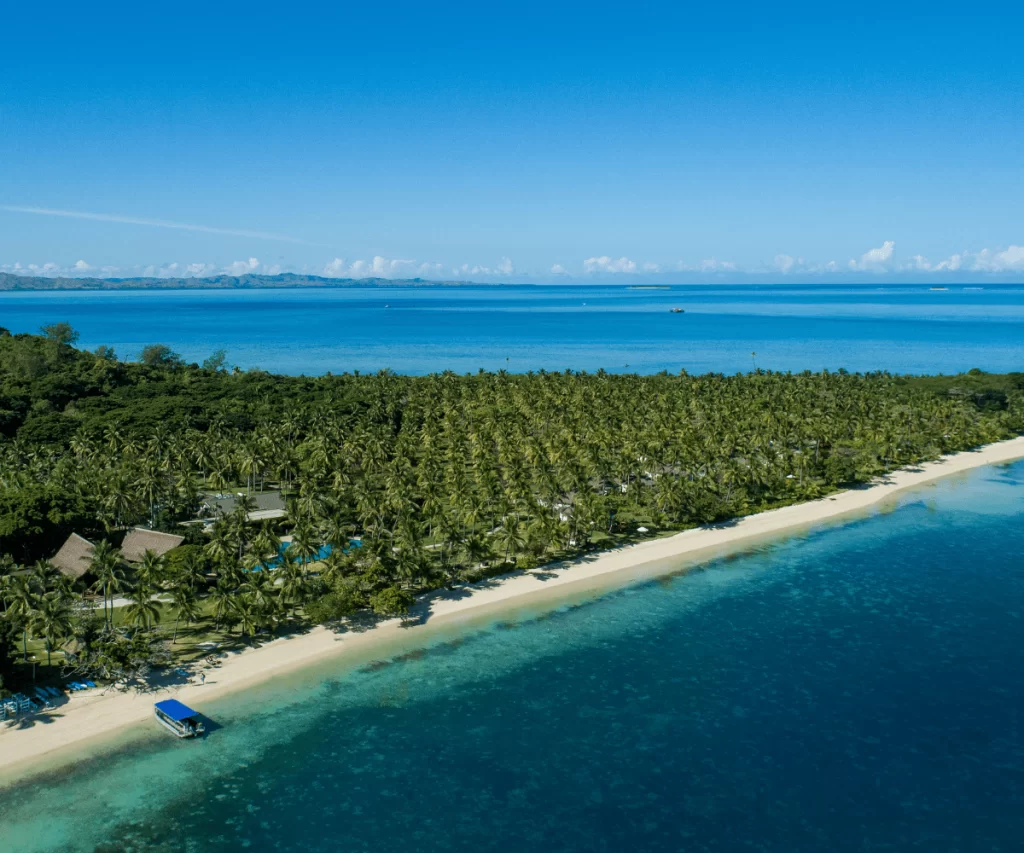
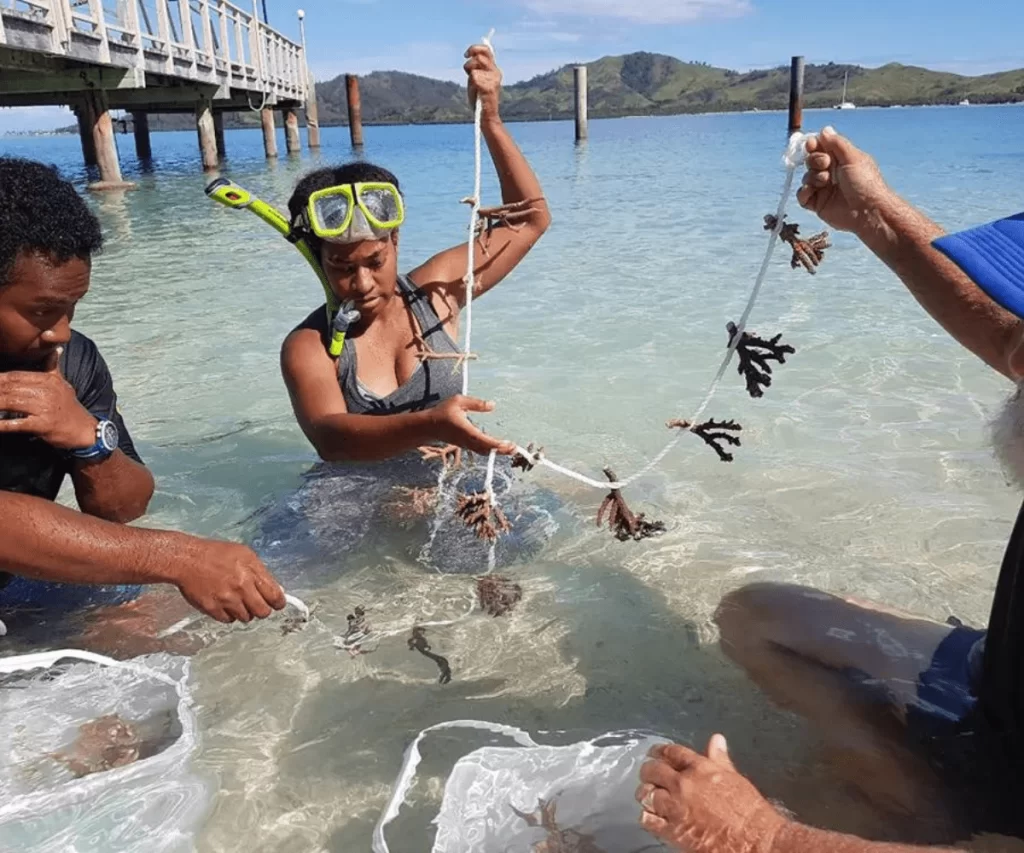
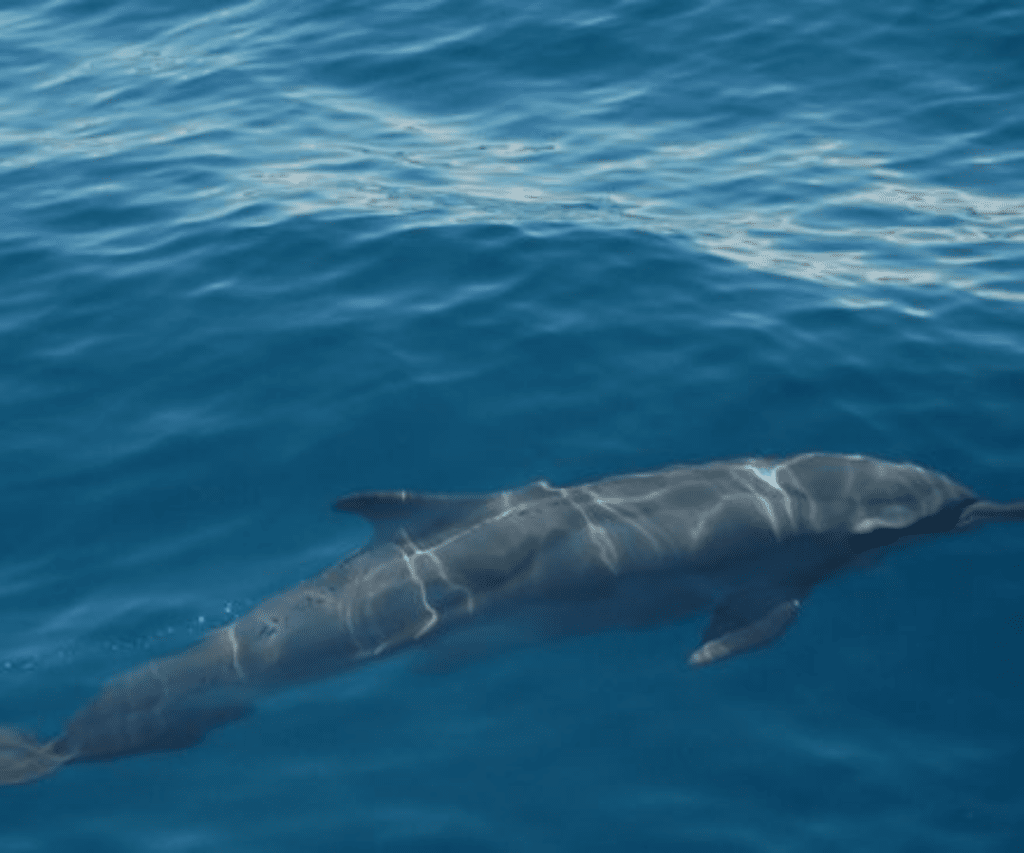
Sustainability
Lomani Island Resort & Spa supports a sustainable Fiji. We are committed to preserving the natural resources of our beautiful country through our sustainability efforts.
Learn about our sustainability programs focused on reducing plastic waste, water conservation and coral restoration efforts to protect and improve our beloved Fiji for a greener future.

A range of activities for all tastes
Coral reef snorkeling, spa treatments, private dining, kayaking, diving, surfing and more await you at Lomani Island Resort Fiji
Easy access from the mainland
Lomani Island Resort is located on Malolo Lailai Island, in the Mamanuca Islands to the west of Fiji’s main island Viti Levu.
